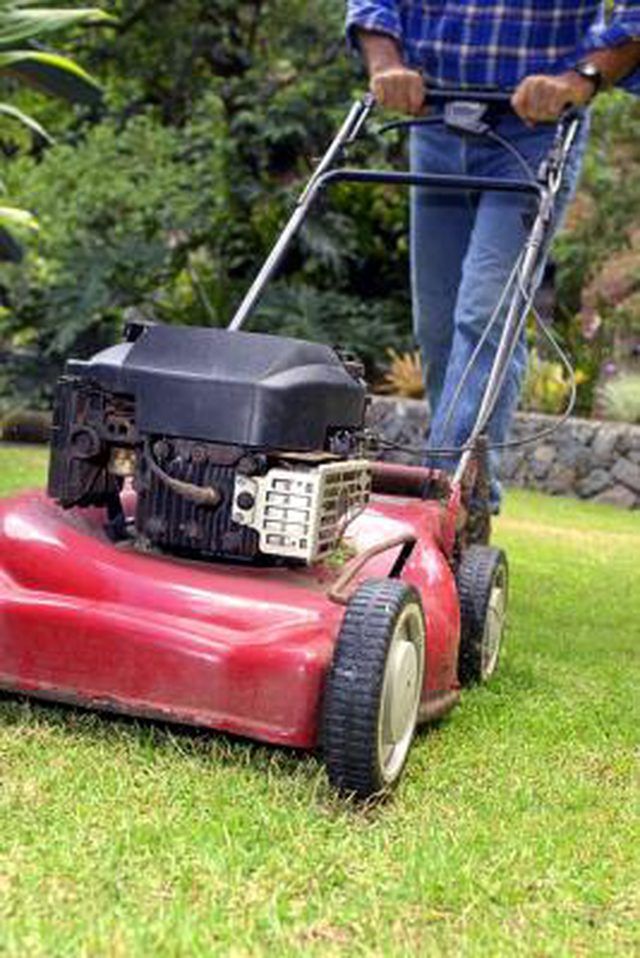Bulbs
Flower Basics
Flower Beds & Specialty Gardens
Flower Garden
Garden Furniture
Garden Gnomes
Garden Seeds
Garden Sheds
Garden Statues
Garden Tools & Supplies
Gardening Basics
Green & Organic
Groundcovers & Vines
Growing Annuals
Growing Basil
Growing Beans
Growing Berries
Growing Blueberries
Growing Cactus
Growing Corn
Growing Cotton
Growing Edibles
Growing Flowers
Growing Garlic
Growing Grapes
Growing Grass
Growing Herbs
Growing Jasmine
Growing Mint
Growing Mushrooms
Orchids
Growing Peanuts
Growing Perennials
Growing Plants
Growing Rosemary
Growing Roses
Growing Strawberries
Growing Sunflowers
Growing Thyme
Growing Tomatoes
Growing Tulips
Growing Vegetables
Herb Basics
Herb Garden
Indoor Growing
Landscaping Basics
Landscaping Patios
Landscaping Plants
Landscaping Shrubs
Landscaping Trees
Landscaping Walks & Pathways
Lawn Basics
Lawn Maintenance
Lawn Mowers
Lawn Ornaments
Lawn Planting
Lawn Tools
Outdoor Growing
Overall Landscape Planning
Pests, Weeds & Problems
Plant Basics
Rock Garden
Rose Garden
Shrubs
Soil
Specialty Gardens
Trees
Vegetable Garden
Yard Maintenance
How to Use a Voltmeter to Test a Coil for a Lawn Mower
How to Use a Voltmeter to Test a Coil for a Lawn Mower. If your lawnmower fails to start, the most likely cause is ignition failure. Remove the spark plug and reattach the lead. Once this is done, wheel the mower into dark corner of your garage, don a pair of rubber gloves and hold the threads of the plug against the mower’s cylinder head....

If your lawnmower fails to start, the most likely cause is ignition failure. Remove the spark plug and reattach the lead. Once this is done, wheel the mower into dark corner of your garage, don a pair of rubber gloves and hold the threads of the plug against the mowerís cylinder head. Have a friend crank the engine; if you don't see a bright white spark leap across the plug terminals, test the coil with a volt-ohm meter for a possible loose connection or a faulty coil.
Things You'll Need
Nut driver
Volt-ohm meter
Two sets of feeler gauges
Small wire brush
Emery paper
Needle nose pliers
Remove the cowling and fuel tank from the engine by undoing the relevant bolts holding it to the block with a suitable nut driver.
Locate the ignition coil situated on top of the engine beside the flywheel, with its two core ends almost touching the rim of the flywheel.
Adjust a volt-ohm meter to the ohms resistance setting. Touch one of the probes against the metal connector inside the spark plug rubber boot and the other probe against the mower crankcase; you should get a resistance reading of between 0.5 and 1.3 ohms. A zero reading or a reading of infinity means that the coil is faulty and needs to be replaced.
Remove the coil by undoing the securing bolts with a nut driver and unplug the green kill-switch spade connector from the bottom of the coil. Connect the kill-switch wire to a new coil, replace the bolts and snug them down finger tight. Rotate the flywheel until the magnet embedded in its rim is opposite the coil core ends.
Adjust the armature gap clearance by inserting two .01 inch feeler gauges between the rim of the flywheel and the coil armature core ends. Slide the coil assembly forward until the two core-ends rest against the feeler gauges, and tighten the mounting bolts securely.
Clean the spark plug electrodes with a small wire brush and some emery paper and set the gap to .025 inch with the feeler gauge and a pair of needle nose pliers. Insert the plug, tighten it and replace the lead. Remount the cowling and start the mower to ensure that itís working properly.
Tips & Warnings
If you donít have two sets of feeler gauges, insert a business card between the armature core ends and the flywheel magnet instead and adjust as described.